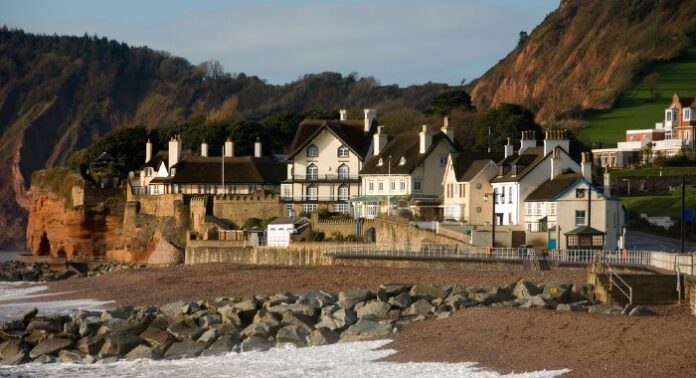The latest statistics from HMRC reveal that the first fall in property transactions in 2021 occurred in July, with a drop of 63pc compared to the previous year.
Activity nosedived last month, although the year so far has seen record-busting increases in the housing market, both in property prices and average rental prices. The tumble followed a storming performance throughout the whole of June, when the number of property transactions doubled compared to June 2020.
HMRC has credited the boost in transactions to changes in the stamp duty holiday, resulting in buyers wishing to complete before the nil rate band fell to £250,000 on 1 July 2021. A similar swell in transactions occurred in March of this year, when 174,080 sales were completed in one month as buyers attempted to take full advantage of the stamp duty holiday savings.
Yet while significantly fewer property sales, 73,740, to be exact, were recorded in July, the overall number of house sales in the UK market in the second quarter of 2021 makes it the best performing quarter since such statistics were introduced in 2005.
In analysing the impact of the stamp duty holiday, the question arises as to whether the changes to stamp duty in October will result in another fall in the number of transactions. Sarah Coles, a personal finance analyst at investment firm Hargreaves Lansdown, says the stamp duty holiday ‘didn’t create demand from nowhere’. There were already many consumers ready to buy because of changes in lifestyle and pent-up demand following the closure of the housing market during the first lockdown. The tax break merely ‘opened a window’ for would-be buyers, she added.
Less activity at top end of market
In addition to the fall in sales, the average UK property price has also declined. Despite the continuous surge in demand since July 2020, caused by the stamp duty holiday which pushed prices to record highs, activity cooled in July and the average price fell by £1,076 or –0.3pc.
The chief factor in the fall was a decrease in activity at the top end of the market, as four-bedroom and larger properties declined by £4,699 or -0.8pc in July. Rightmove has attributed the fall to the changes in the stamp duty threshold and the consequent inability of buyers to achieve larger savings.
Even though there was a slight decline at the higher end of the market, first and second-time homes have been subject to an increase in demand and, therefore, value. First-time properties which came onto the market increased by by £1,328 or 0.6pc in July, taking the average price for buyers to £208,714, an annual rise of almost 4pc.
The buyers in this sector of the market mainly purchase smaller properties, those with two or three bedrooms, proof, if it were needed, that demand still exists in the housing market, especially for those trading up or buying investment homes.
Similarly, the price of homes bought by those trading up rose by around £975 in the same month, increasing the average price for this sector to approximately £309,643.
Upward pressure on prices leading to ‘record highs’
Tim Bannister, Rightmove’s Director of Property Data, says their analysis confirms that average prices have fallen only at the upper end of the market, due to seasonal factors such as summer holidays and the lesser appeal of stamp duty savings.
He adds that there is still high demand for the types of property sought by first and second-time buyers, while upwards pressure on prices is leading to new record highs in this sector.
Housing market experts remain optimistic for an ‘autumn bounce back’, notwithstanding the slight fall both in transactions and the average UK house price. Compared to August 2019 figures, demand has risen by 56pc and is only 17pc lower than it was during the boom post-lockdown last year. Consequently, Rightmove anticipates an increase in prices and buying activity later this year.
Credit: Source link










